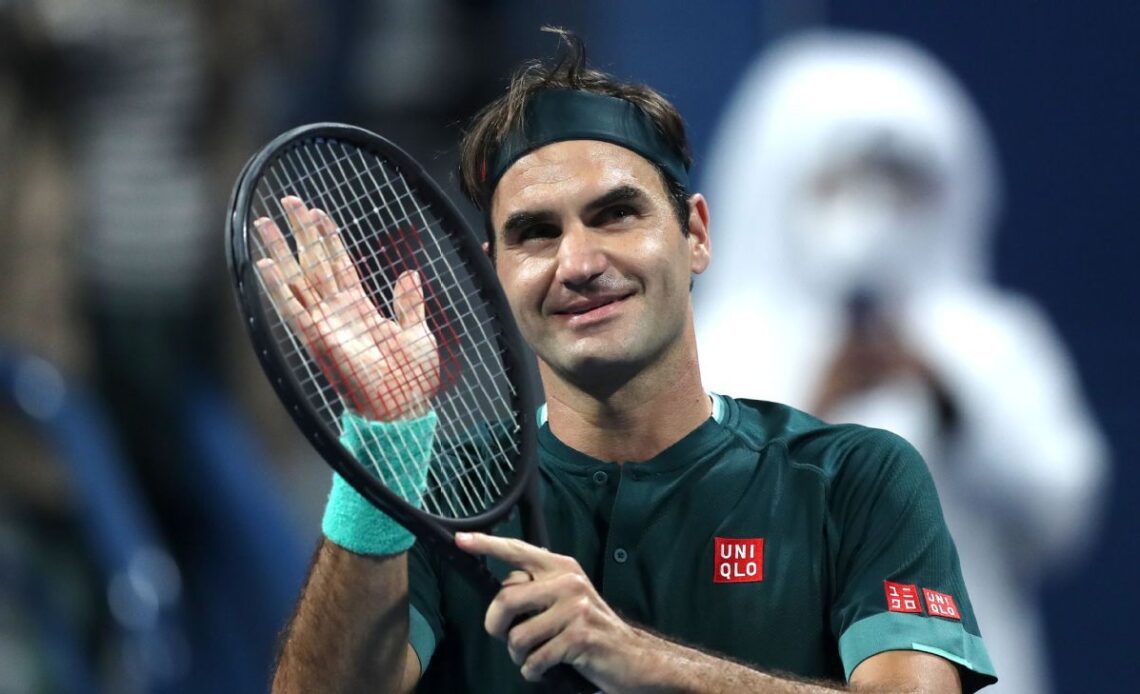ROGER FEDERER HAS been asked about retirement for 13 years.
The first questions came after he beat Robin Soderling at Roland Garros in May 2009. With that triumph on clay, he became the sixth man in tennis history to complete the career sweep of Grand Slam events.
Reaching that milestone could have triggered complacency. He had just married and was about to become a dad for the first time, too. What more did he have to achieve?
A month later, Federer won Wimbledon for the sixth time, and in the process moved one ahead of his hero Pete Sampras’ record of 14 Slams. As he talked about his victory afterwards, the slogan on his T-shirt read: “There is no finish line. Far from done.”
Since then, he has added five more Slams to sit alongside his six ATP Finals wins. He holds an array of incredible records: His total of eight men’s singles titles from Wimbledon sits out on its own, while his 369 victories in Grand Slam tennis are a record too.
But now, at 41 years old, his body is no longer answering his mind’s on-court expectations. He has finally reached the finish line.
“I know my body’s capacities and limits, and its message to me lately has been clear,” he said Thursday in his retirement statement. “I have played more than 1,500 matches over 24 years. Tennis has treated me more generously than I ever would have dreamt, and now I must recognize when it is time to end my competitive career.”
His legacy is far more than the 20 Slams he won, though — without the annual joy of seeing him at home on Centre Court at Wimbledon, tennis feels different. And a little empty.
We have seen Federer transform from a hot-headed teenager into a player who has made history and transcended the sport. He has millions of fans all over the world. He’s a style icon, a philanthropist and the face of Switzerland’s tourism. He’s a husband and a father of four. And to many, his surname is superfluous: He’s Roger.
TO UNDERSTAND ROGER Federer is to capture sports harmony. He talks about his strategy of fire and ice: combining the burning desire to succeed and the coolness to keep his composure. His career has been a tale of mind and body working together like clockwork, to create an aesthetically delightful state of tennis — and also a method which has led to incredible success.
There were key moments of serendipity throughout his career, stretching back to when he grew up near Basel,…
Click Here to Read the Full Original Article at www.espn.com – TENNIS…

